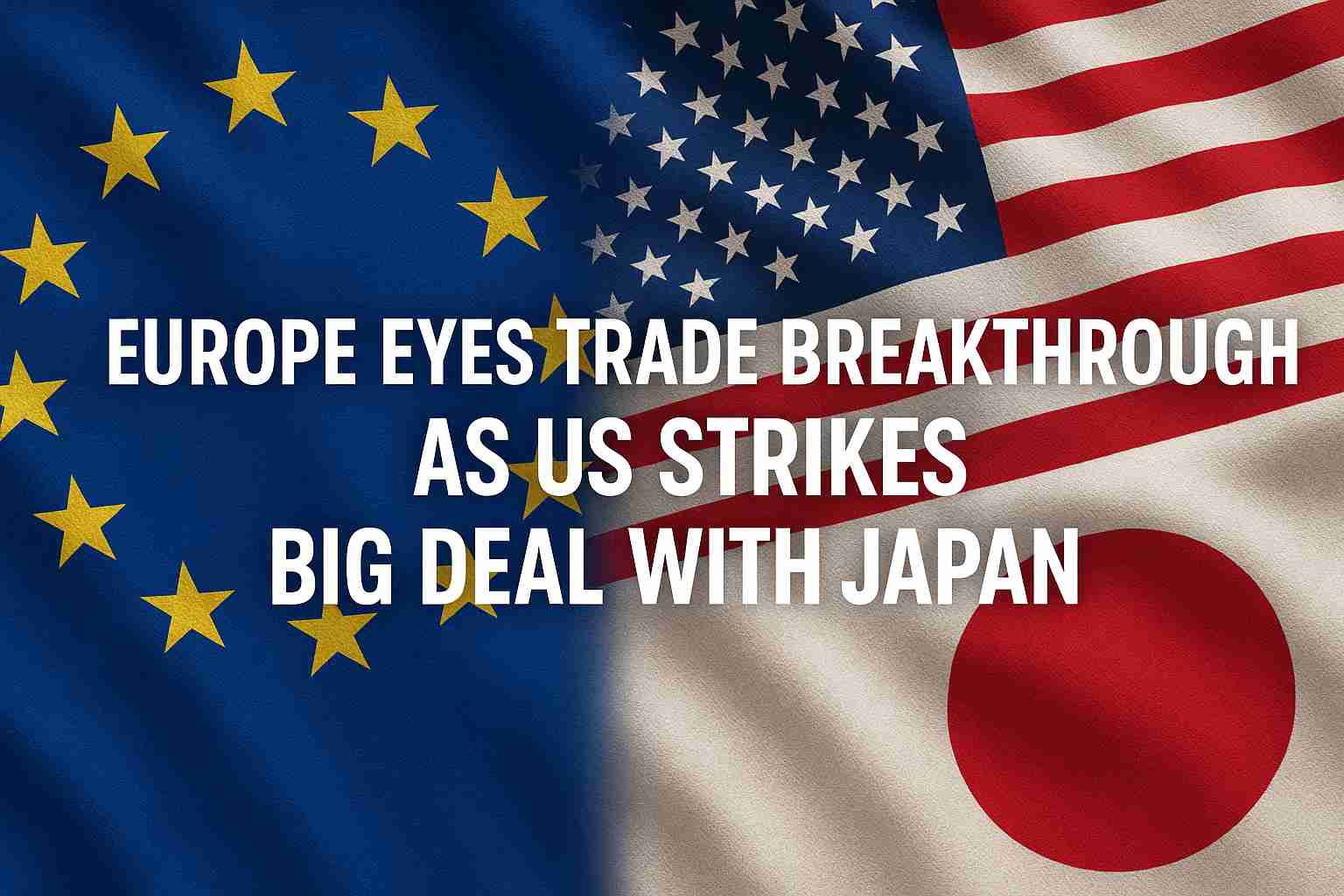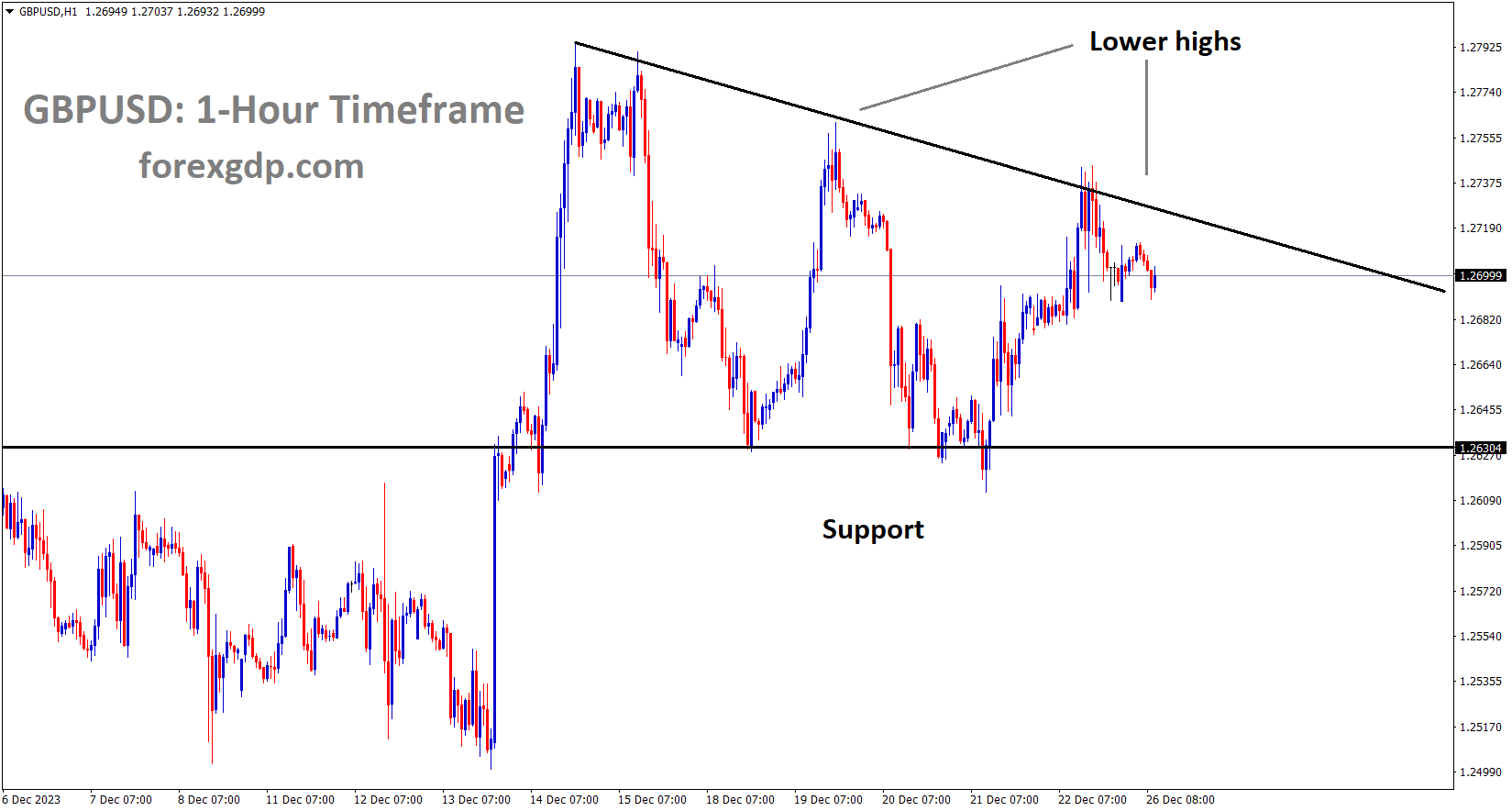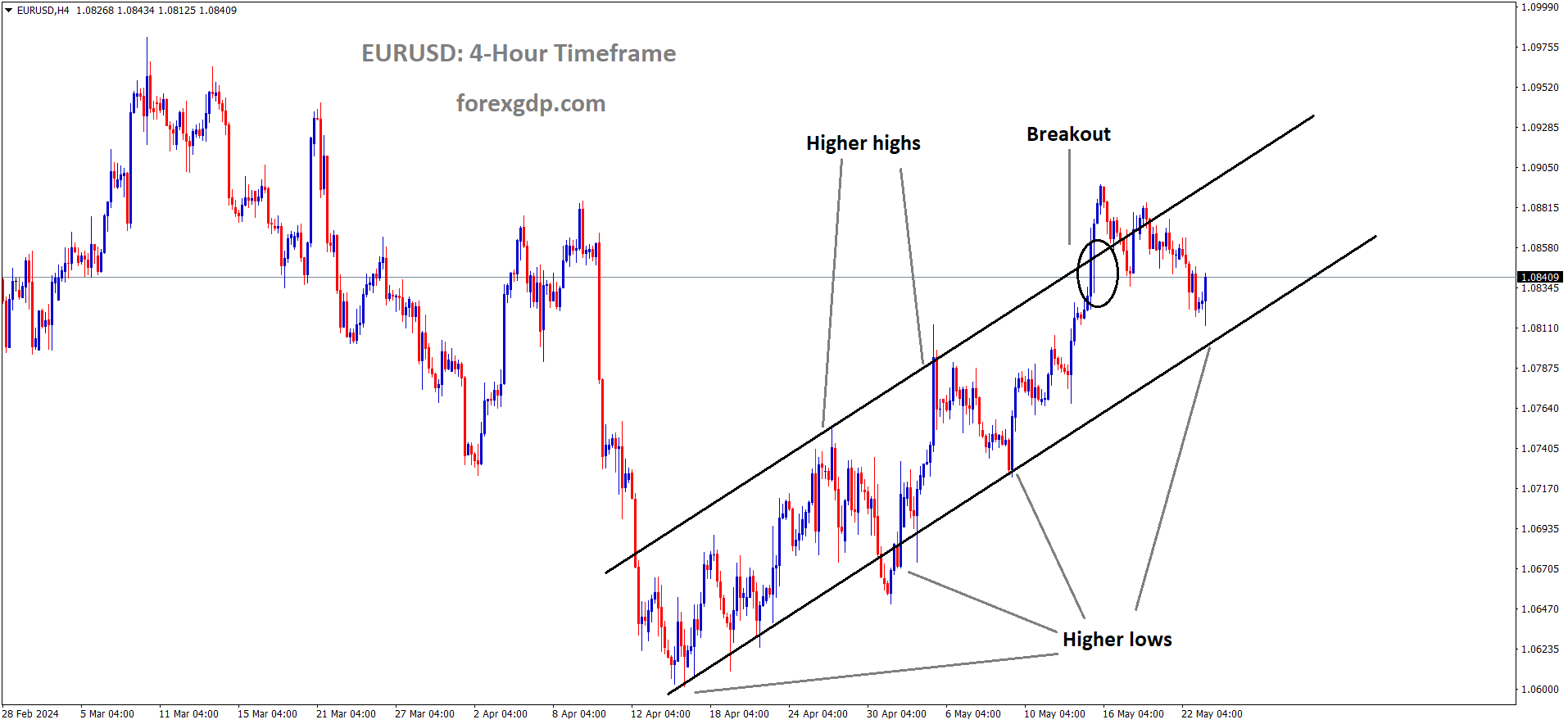The United States and the European Union are in the middle of intense negotiations that could soon result in a major new trade agreement. While this might sound like just another political headline, it’s actually a big deal that could reshape how goods flow across the Atlantic—and which industries win or lose along the way.
Let’s break down what’s happening, why it matters, and what could come next.
The U.S. and EU Are Trying to Avoid a Trade War
At the heart of this story is a back-and-forth over tariffs—those taxes on imports that can make goods more expensive and strain international relationships. U.S. officials, under the leadership of former President Donald Trump, had been floating the idea of hitting European imports with tariffs as high as 30%. That’s no small threat, especially for countries whose economies rely heavily on exports.
In response, the European Union has been trying to strike a deal that would keep those high tariffs off the table. According to a couple of European diplomats, there’s a possibility that the two sides may agree on a more manageable 15% baseline tariff instead. That lower rate would apply to a wide range of EU goods, and exemptions could be made for certain industries.
The idea here is simple: the U.S. wants better access to European markets, and Europe wants to avoid punishing tariffs that could hurt its businesses. If both sides can find a balance, they may be able to avoid a messy trade war.
What’s at Stake in the Deal?
It’s not just about percentages and taxes. This potential trade deal could shape entire industries. Here’s a closer look at some of the sectors that might be affected:

1. Cars and Auto Parts
This is a big one. European carmakers—think BMW, Volkswagen, and Mercedes—export a lot of vehicles to the U.S. A high tariff on cars would be a massive blow. That’s why the European Union is especially eager to keep those tariffs as low as possible.
And there’s hope. After the U.S. recently reached a separate trade deal with Japan, which included lowering auto tariffs to 15%, European negotiators are looking for similar treatment. That agreement gave Japan a significant edge, and Europe doesn’t want to be left behind.
2. Aircraft, Lumber, and Medicine
Diplomats say that certain industries—like aircraft manufacturing, lumber production, pharmaceuticals, and agriculture—might receive special treatment in the deal. These areas could be exempt from tariffs altogether, which would be a relief for companies that operate across borders and depend on smooth trade relations.
3. Steel and Other Tough Spots
While there’s hope for progress in many areas, not everything is on the table. U.S. officials don’t seem eager to lower the existing 50% tariff on steel imports. That’s still a sticking point, especially for European producers who rely on the American market.
Europe Has a Plan B—Just in Case
While negotiators work to strike a deal, the European Union isn’t putting all its eggs in one basket. If the U.S. decides to go ahead with harsh tariffs, Europe is ready to hit back.
EU member states are preparing to vote on a large set of counter-tariffs worth around 93 billion euros. That’s a huge amount, and it shows just how seriously Europe is taking the threat. Most member countries support using economic pressure if the U.S. doesn’t back down.
This kind of tit-for-tat strategy isn’t new in international trade, but it can quickly spiral into something more damaging for everyone involved. That’s why both sides are still at the table, trying to find a solution before it’s too late.
The Japan Deal Set the Stage—and Raised Some Eyebrows
A lot of this current negotiation with Europe is happening in the shadow of the new U.S.-Japan deal. That agreement included:
-
$550 billion in investments and loan pledges from Japan
-
A promise to buy 100 Boeing airplanes
-
Increased purchases of U.S. agricultural goods
-
Lower auto tariffs from 27.5% to 15%
That’s a pretty generous deal, and it gave Japan a favorable position in U.S. markets. In exchange, Japan agreed to offer creative financing and spend big in sectors like energy, shipbuilding, and semiconductors—industries the U.S. considers vital.
Now, European leaders are wondering: can they get a similar deal?
Not everyone is thrilled with how the Japan agreement turned out. U.S. automakers, for example, have voiced frustration. They argue that the deal gives Japanese imports an unfair advantage, especially compared to vehicles built in North America, which still face higher tariffs despite having a lot of American-made components.

What’s Next for the U.S., Europe, and the Global Trade Scene?
Trade deals like this aren’t made overnight. While the pressure is on to strike a deal soon, the talks are still ongoing. President Trump has hinted that other countries might be visiting Washington soon for further negotiations, which suggests the U.S. is keeping its options open.
Meanwhile, the U.S. is also in talks with China, with a meeting expected to happen in Stockholm. That’s another massive trade relationship that’s been full of tension in recent years. So while the EU and Japan are in focus now, China’s not far behind.
One thing is clear: the U.S. is looking for deals that favor American industry. Trump’s message has been consistent—tariffs will only drop if countries open their markets more to U.S. exports. That’s the lever he’s using to get better terms, and he’s not shy about using it.
Final Thoughts: Why This Trade Deal Actually Matters
This isn’t just about economics on paper. A trade agreement between the U.S. and the European Union could have real-world effects on everything from the price of a car to the availability of certain medications. It could ease tensions between two major global economies—or, if things go south, it could spark a new round of trade wars that nobody wants.
For businesses, investors, and everyday people alike, the outcome of these talks will be worth watching. Whether it ends in a handshake or a standoff, the decisions being made behind closed doors right now are setting the tone for international trade in the years ahead.





